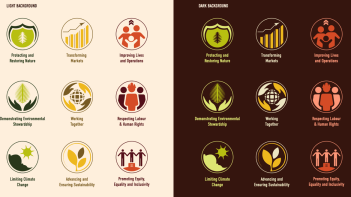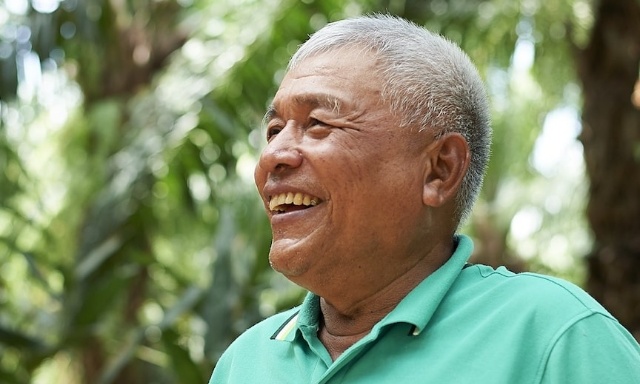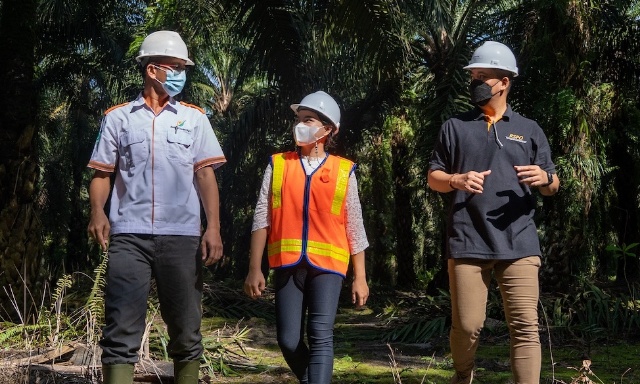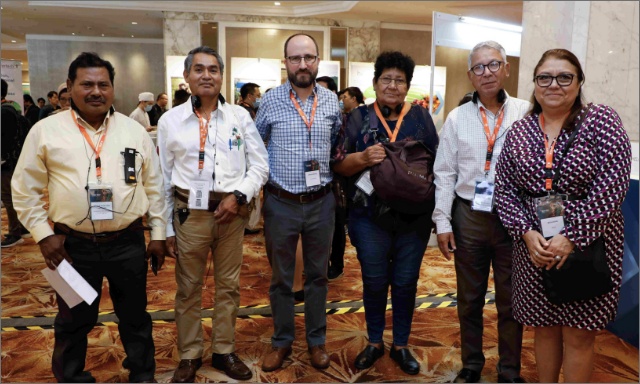RSPO Peatlands Working Group 2 (PLWG-2) has adopted the common definition of ‘Histosol’ (organic soil) effective November 2018 as follows:
Histosols (organic soils) are soils with cumulative organic layer(s) comprising more than half of the upper 80cm or 100cm of the soil surface containing 35% or more of organic matter (35% or more Loss on Ignition) or 18% or more organic carbon (FAO 1998, 2006/7; USDA 2014; IUSS 1930).
The definition of ‘Histosol’ (FAO 1998, 2006/7; USDA 2014) above will be used for regions without its own specific definition. In other regions, Histosols have been further sub-classified into different sub types. In Malaysia, Histosols are subdivided into muck and peat soil.
RSPO recognises the use of the above definitions in Indonesia and Malaysia for the purpose of management of existing plantations.
An alternate nationally accepted definition may be proposed through the National Interpretation (NI) process for the RSPO Principles and Criteria.
Keep reading
Indonesia National Interpretation Public Consultation: 8 August 2025 – 7 October 2025
Indonesia National Interpretation Public Consultation: 8 August 2025 – 7 October 2025
Call for Expression of Interest: Guatemala National Interpretation Task Force for 2024 RSPO Principles and Criteria (RSPO P&C)
Call for Consultants: Independent Evaluator for Compensation Plans and Reviewer for Drainability Assessment Reports
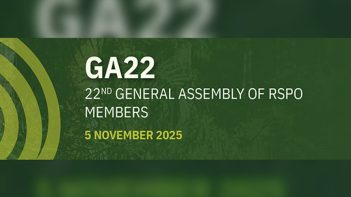
Announcement on 22nd General Assembly (GA22) of RSPO Members
Extension of Licence Validity and Carry-Over Credits Mechanism for Certified Independent Smallholder (ISH) Groups

RT2025 Early Bird Registration Now Open!
